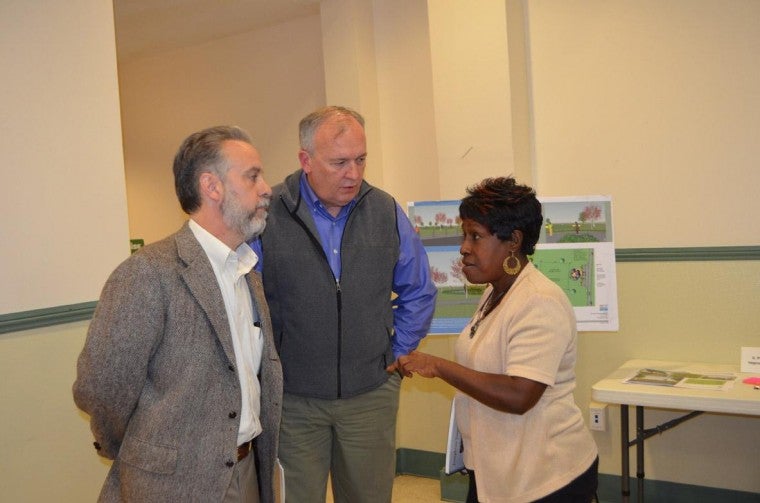Historic ‘lost’ cemeteries gaining due recognition
Published 12:00 am Saturday, February 11, 2012
By ROBIN SHANNON
L’Observateur
DESTREHAN – A public meeting to gather input on ways to preserve and memorialize a pair of cemeteries from the 1800s situated within the Bonnet Carre Spillway produced spirited discussion from descendants of the hundreds of African-Americans buried there as well as from those interested in preserving the history of the sites.
About 30 people turned out for the meeting Wednesday at St. Charles Borromeo Church in Destrehan. The U.S. Army Corps of Engineers, which manages the 7,600-acre spillway area, sponsored the meeting to discuss possible plans for the burial sites, located near the Spillway Road.
A key concern among those who attended the meeting was the possibility of renaming the cemeteries, which are currently named for the Kenner and Kugler families, who owned the land and ran plantations near the sites.
“Since it has been proven that those buried are all of African descent, the name of the sites should be changed to reflect that,” said Margie Eugene-Richard, whose great grandparents were buried in the cemeteries. “This is a part of history that many young people don’t know or understand, and they should. I’m glad this meeting is happening. There needs to be more.”
Carl Galmon, a New Orleans resident, said the cemetery sites could serve as a tourist attraction that tells the stories of some of the men and women laid to rest in the burial plots, some of whom served in the Union army during the Civil War.
“There is not one location in this region that tells the entire story of slavery and what took place in the River Parishes,” Galmon said. “It is a hidden history, some of which is not found in textbooks. If we have the proper funding, we can attract others to the area.”
The early plans for the site, which were on display Wednesday, include widely spaced boundary markers around each of the cemeteries, as well as some new trees and other landscaping that would mark the sites without impeding the flow of water through the spillway flood control structure, which has been open 10 times since its construction in 1929.
“The corps was unaware of the sites at the time the land was sold to them,” said Michael Stout, the corps’ New Orleans District’s former chief of natural resources who oversaw the initial studies of the sites in 1985.
“Now, with the help of descendants from the area, we have an idea of how many were buried at the sites, and we want to tell their stories,” he said.
Plans for the sites also include walkways, parking, historical markers and plaques that could be removed before any openings of the spillway.
Stout said about 150 people were buried in each of the cemeteries. He said the corps used oral histories from residents, as well as pension records from civil war widows whose husbands were buried there following service in the Union army. The sites currently appear on the National Register of Historic Places as the Kenner-Kugler Cemetery.
The Kenner cemetery was first discovered in 1975 when an excavator uncovered human remains and fragments of gravestones from the site.
Benjamin Maygarden, a project manager for MWH working with the corps, said about 52 bones from at least five individuals were recovered from the site. He said part of the plans would revolve around the reburial of those bones near the existing boundaries.
“Some descendants would like to see a solemn religious ceremony as part of the reburial, while others would like a larger celebration,” Maygarden said. “The bones would be laid to rest at a site adjacent to the Kenner site to ensure no other graves are disturbed.”
Spillway Project Manager Christopher Brantley said the corps has drafted a history booklet on some of those buried in the cemeteries that is expected to be ready for mass publication this year. He said the reburial ceremony is tentatively set for the fall.






